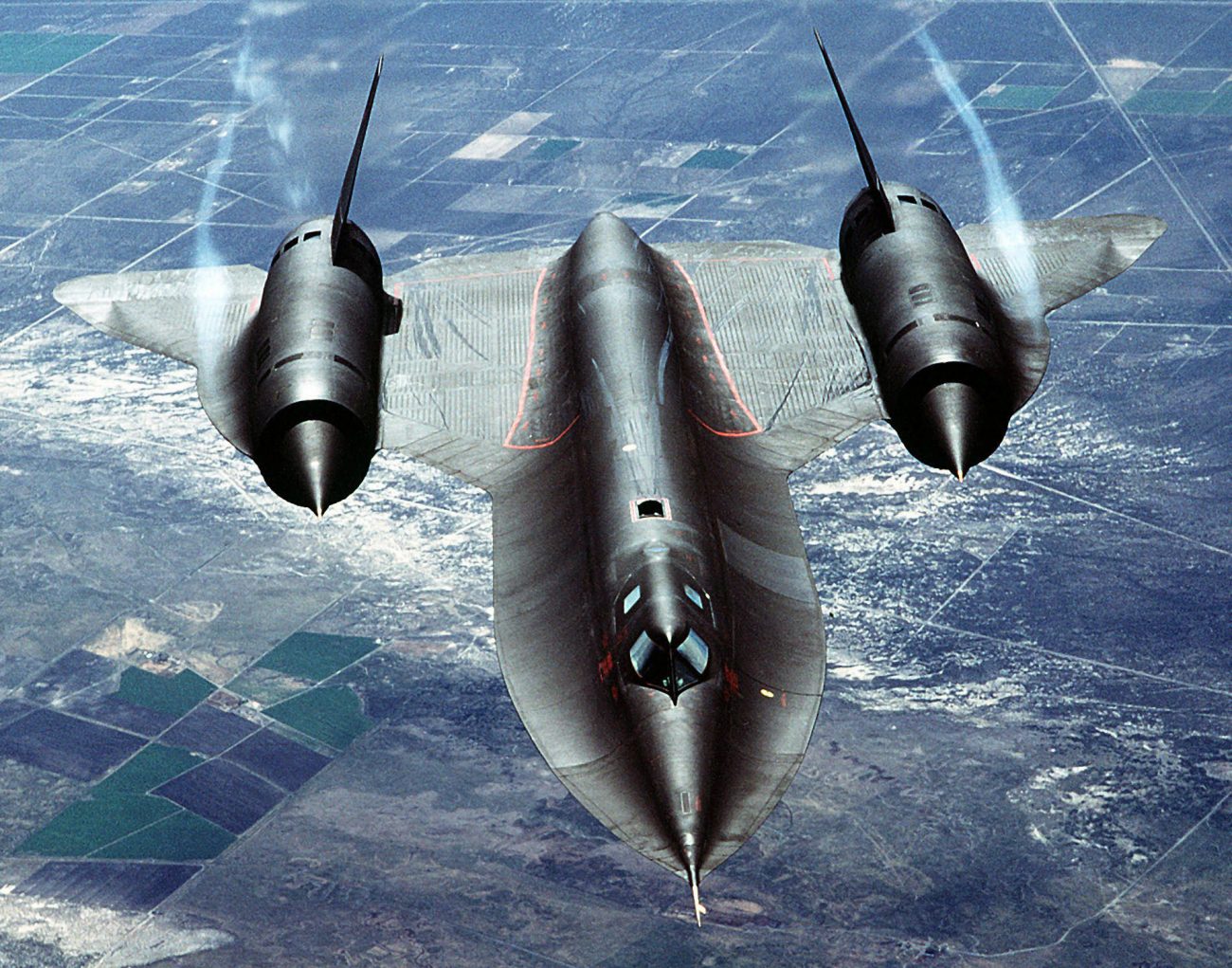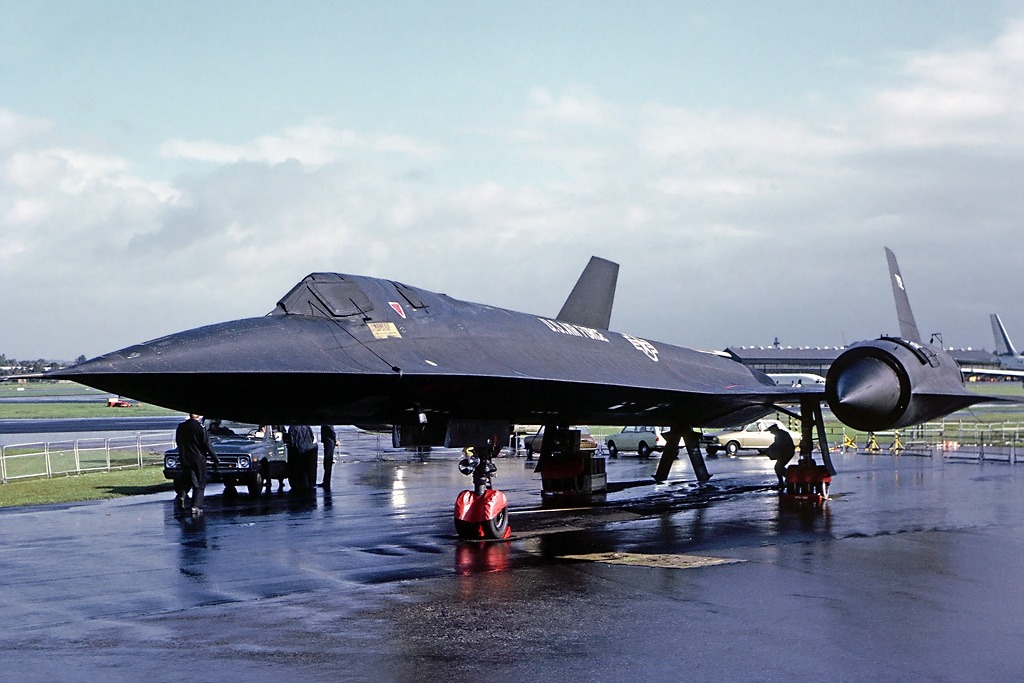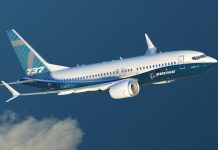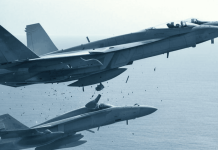The SR-71 Blackbird, a legendary military aircraft recognized as the fastest operational plane ever, achieved its record-setting flight on September 1, 1974, half a century ago, making it virtually impossible to intercept.
Designed to be a stealthy and superfast reconnaissance plane, the Lockheed SR-71 Blackbird set several speed records during its nearly 25 years in service. But history was made in September 1974 when two men accomplished the fastest-ever trip from New York to London on the SR-71 Blackbird in less than two hours at three times the speed of sound.
The incredible journey established a record that is still in place half a century later. The two-man crew of the US Air Force Lockheed Blackbird SR-71 jet, including pilot James Sullivan and reconnaissance systems operator Noel Widdifield, completed the flight. The entire flight between the two cities took one hour, 54 minutes, and 56 seconds, with the aircraft arriving triumphantly at the Hampshire Air Show in Farnborough, London, to a rousing reception.
The Blackbird began its effort to set a record, reaching speeds of Mach 3.2, or three times the speed of sound and roughly 2,455 mph. Across the 3,461 statute mile course, the mean velocity reached 1,807 statute miles per hour, which included a single stop for refueling from a specially modified KC-135 tanker.
According to Widdifield, flying the Blackbird was akin to being an astronaut. The crew had to wear space suits and flew at 80,000 feet. The maximum authorized height for most commercial aircraft is 42,000 feet. “It’s just black sky up there. You see the stars, and either the moon or the sun, depending on what time of day it is,” Widdifield was quoted saying by The Guardian.
There was also a seemingly dangerous incident during that flight. At one point, the Blackbird lost its propulsion and started to “yaw” or move quickly from side to side. The crew of the aircraft, nonetheless, remained calm and gracefully handled the situation. They were aware that the Blackbird’s engines were powered by air intake from the front, and it was not unusual for an inlet mechanism to become dislodged, resulting in a momentary loss of power in one engine.
Widdifield said: “The automatic restart systems kicked in, repositioning this cone that had become misplaced, and the engine restarted. It wasn’t particularly a worry other than wondering what effect it might have on the record speed run.”
Without any further incidents, the aircraft passed over the London “gate” and arrived at Farnborough. The aircraft spent a week as a static display at the Farnborough Air Show. This was the first occasion when the covert aircraft was exhibited to the public outside of the United States. The aircraft designer, Kelly Johnson, also attended the function.
The journey back to the United States saw the setting of yet another remarkable speed record. From London to Los Angeles, Captain Harold B. Adams, a 31-year-old pilot, and Major William Machorek, a 32-year-old reconnaissance systems operator, broke the speed record. In 3 hours, 47 minutes, and 39 seconds, they covered a distance of 5,447 statute miles, achieving an average speed of 1,435 miles per hour.
Due to refueling needs and needing to slow down over large US cities, there was a disparity between the two-speed records. Nonetheless, the record for both the fastest flight time between London and New York and the highest sustained flight was set by the SR-71 on two different flights in 1974.
The SR-71, recognized as the fastest jet-powered reconnaissance aircraft globally, has conducted operations across various hostile airspaces with unparalleled freedom and effectiveness compared to any other aircraft in history. In terms of both performance and operational accomplishments, the Blackbird represented the height of Cold War aircraft technological advancements.
Even the formidable Concorde, which in 1996 broke the record for the fastest commercial transatlantic flight, trailed the SR-71’s London to New York flight record by about an hour. Fifty years on, the Blackbird’s record is unbeaten and the aircraft’s prowess unchallenged.

SR-71 Blackbird Was A Force To Reckon With!
The SR-71 Blackbird was used to spy on the Soviet Union at the peak of the Cold War. Flying at about 36.55 miles per minute (3,216.4 feet per second), the Blackbird was faster than a bullet fired from an M1 Garand rifle of the World War II era, which possessed a muzzle velocity of 2,800 feet per second.
‘Raptor Salad’ For Lunch! US F-22 Raptor Outgunned, Outmaneuvered By German Eurofighter Typhoon?
The Soviets had some impressive aircraft as well, like the MiG-25 Foxbat, which attempted to intercept the SR-71 several times but to no avail.
In his biography, former Soviet MiG-25 pilot Viktor Belenko describes how the SR-71s were “taunting and toying with MiG-25s sent up to intercept them, scooting up to altitudes the Soviet planes could not reach, and circling leisurely above them, or dashing off at speeds the Russians could not match” as they flew off the coast of Russia.
Only a few radar systems could expect to track the SR-71 when it began flying missions in the 1960s due to its stealth characteristics. However, by the 1980s, newer and more sophisticated ground-based technologies were able to detect the aircraft.

Now retired, the aircraft was built by the US to enter enemy territory without being detected at a time when no satellites or drones existed. The extremely fast plane could cruise near the edge of space and could even outfly a missile.
No SR-71 was ever destroyed by hostile fire, even though it was the target of nearly 4,000 enemy missiles. It was nearly impossible to take it down due to its high-altitude flying, electronic countermeasures, and Mach 3 speed advantage over surface-to-air missiles (SAMs).
A Russian Jet That Shocked The West! The Incredible Story Of MiG-15 That Decimated USAF Bomber Fleet
There was a close call when a Saab JA-37 Viggen of the Swedish Air Force managed to score a missile lock and visual contact on this legendary aircraft.
As the Cold War came to an end, the SR-71 was phased out in favor of less expensive reconnaissance options like satellites. Still, many are still captivated by the Blackbird’s remarkable performance and distinctive appearance. The SR-71 gave onlookers an amazing show during its final flight in 1999 from Edwards Air Force Base when it executed a spectacular supersonic fuel dump.
While the aircraft has long been decommissioned, SR-71s are still revered by aviation enthusiasts who remember the airframe’s unique speed and distinctive looks. The world record set by the aircraft is still part of several aviation conversations.
- Contact the author at sakshi.tiwari9555 (at) gmail.com
- Follow EurAsian Times on Google News




